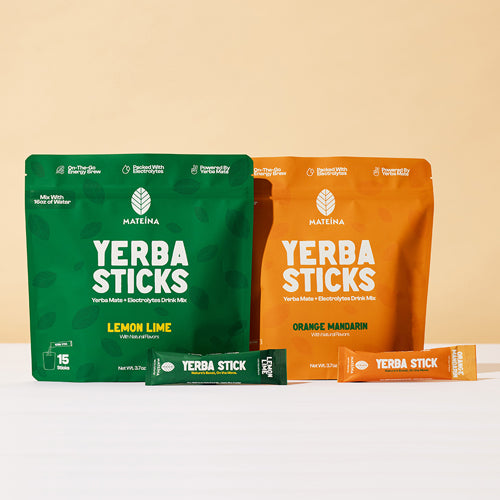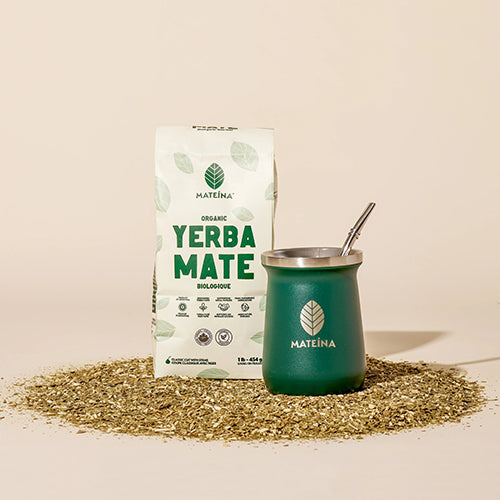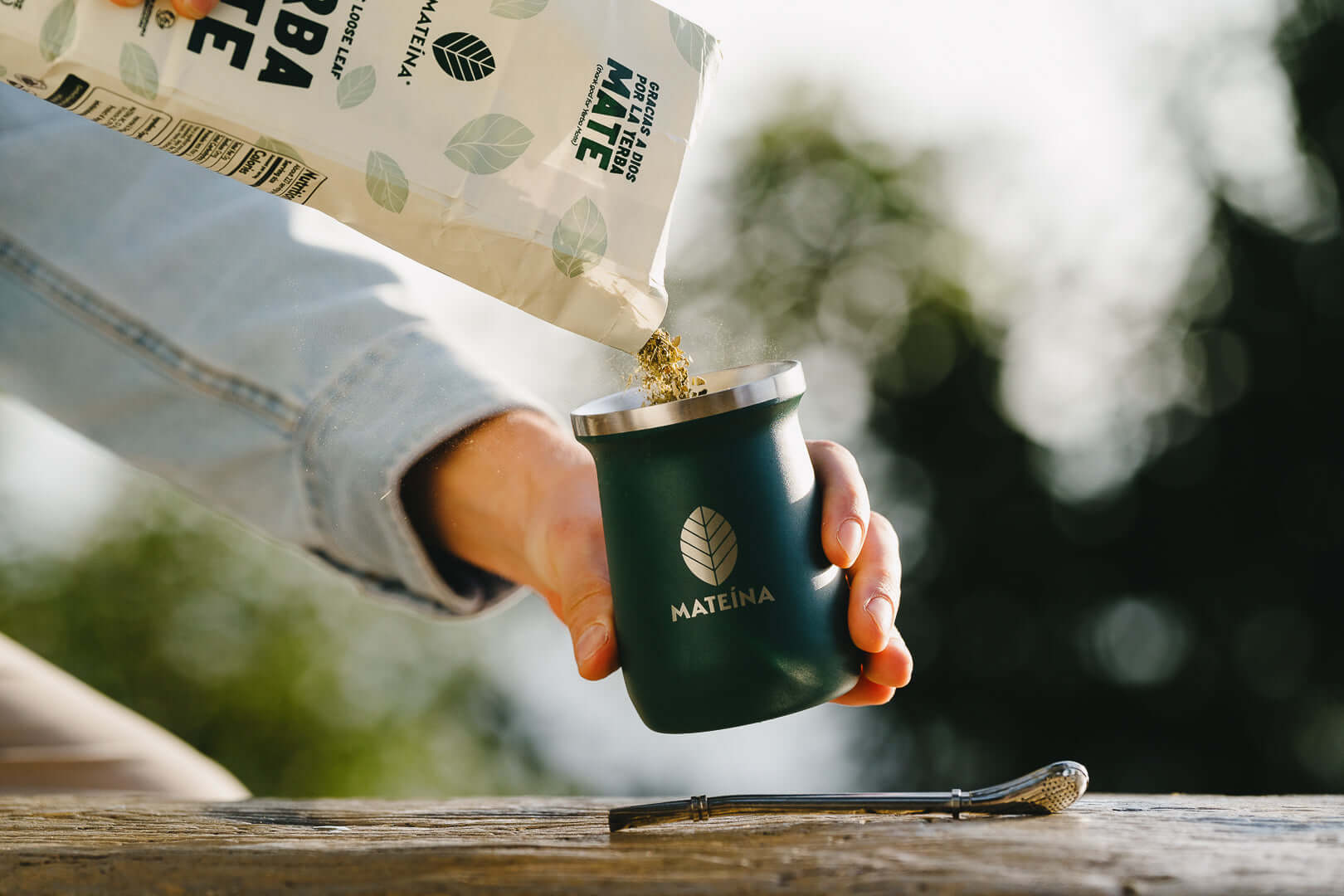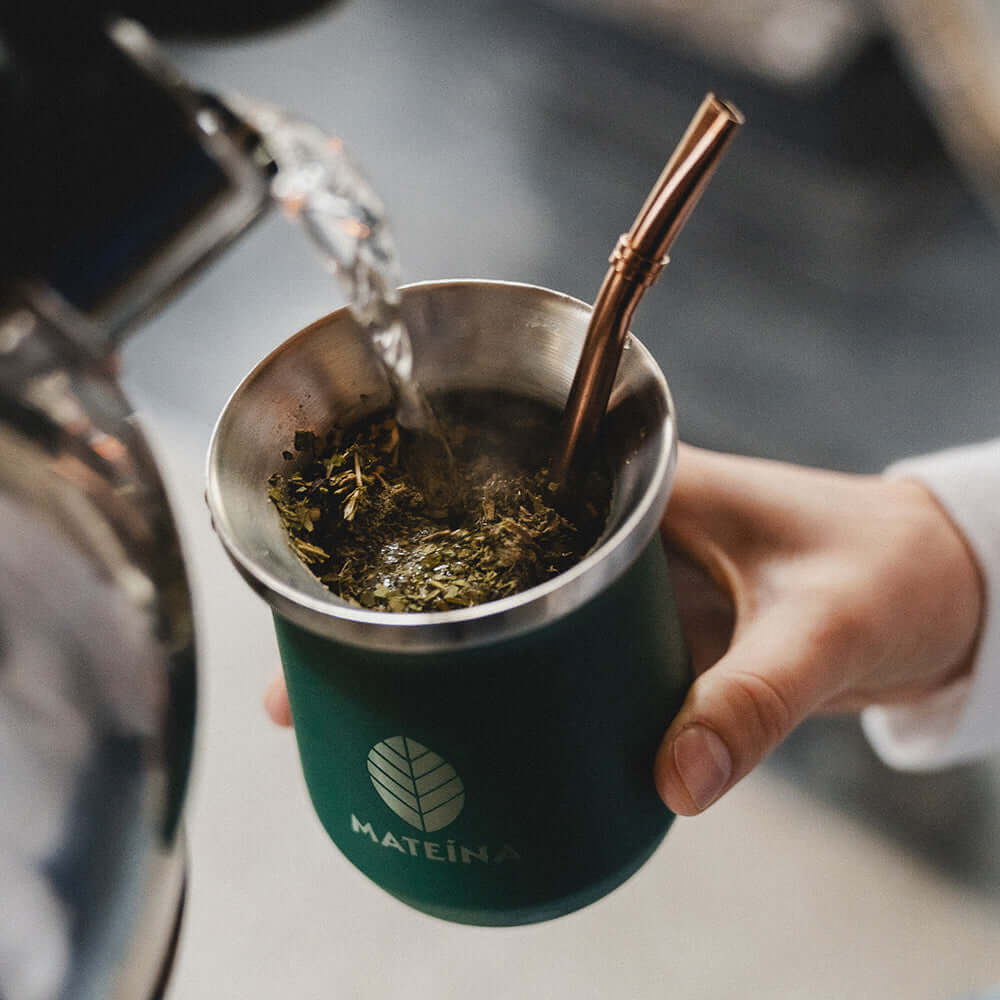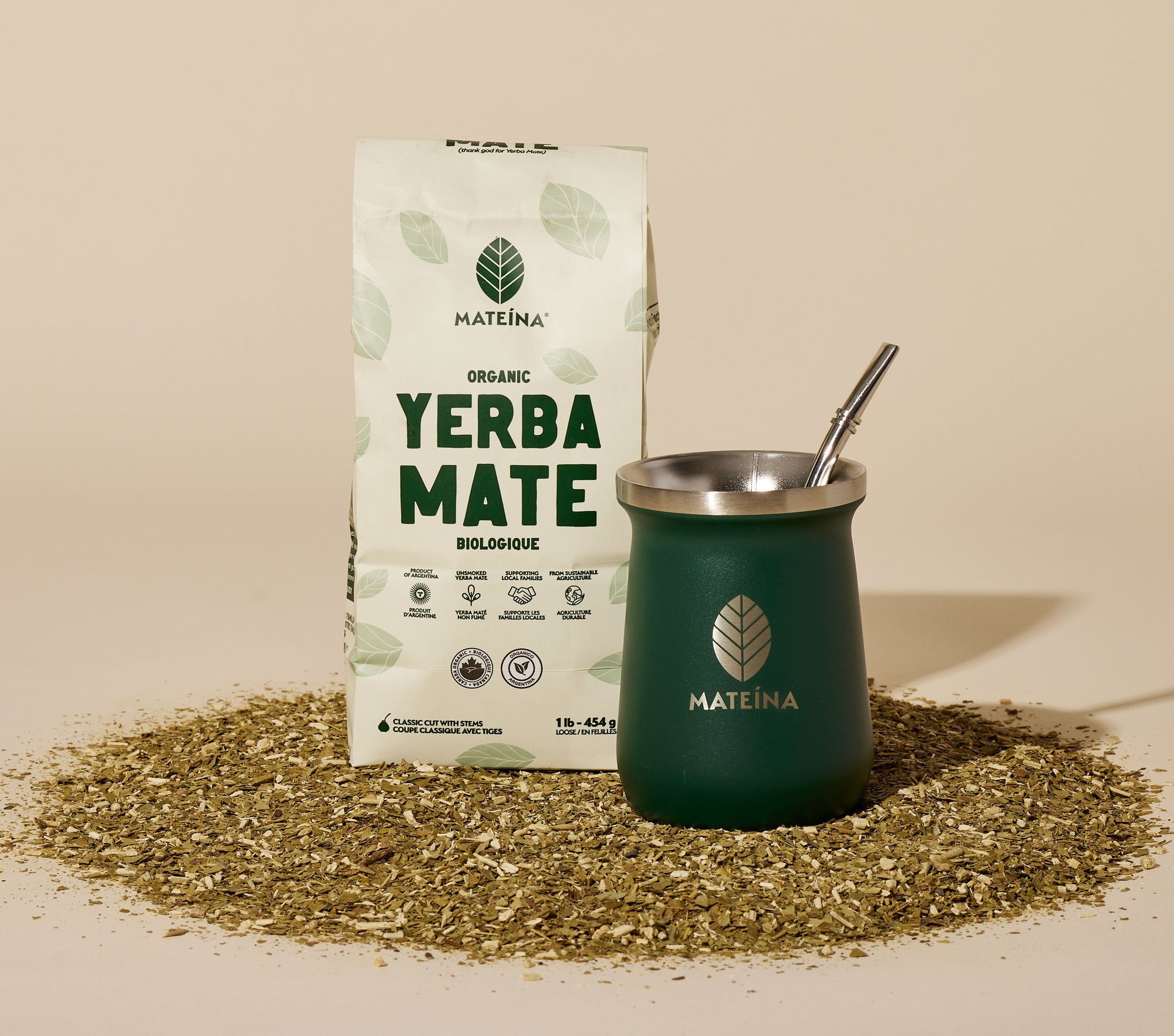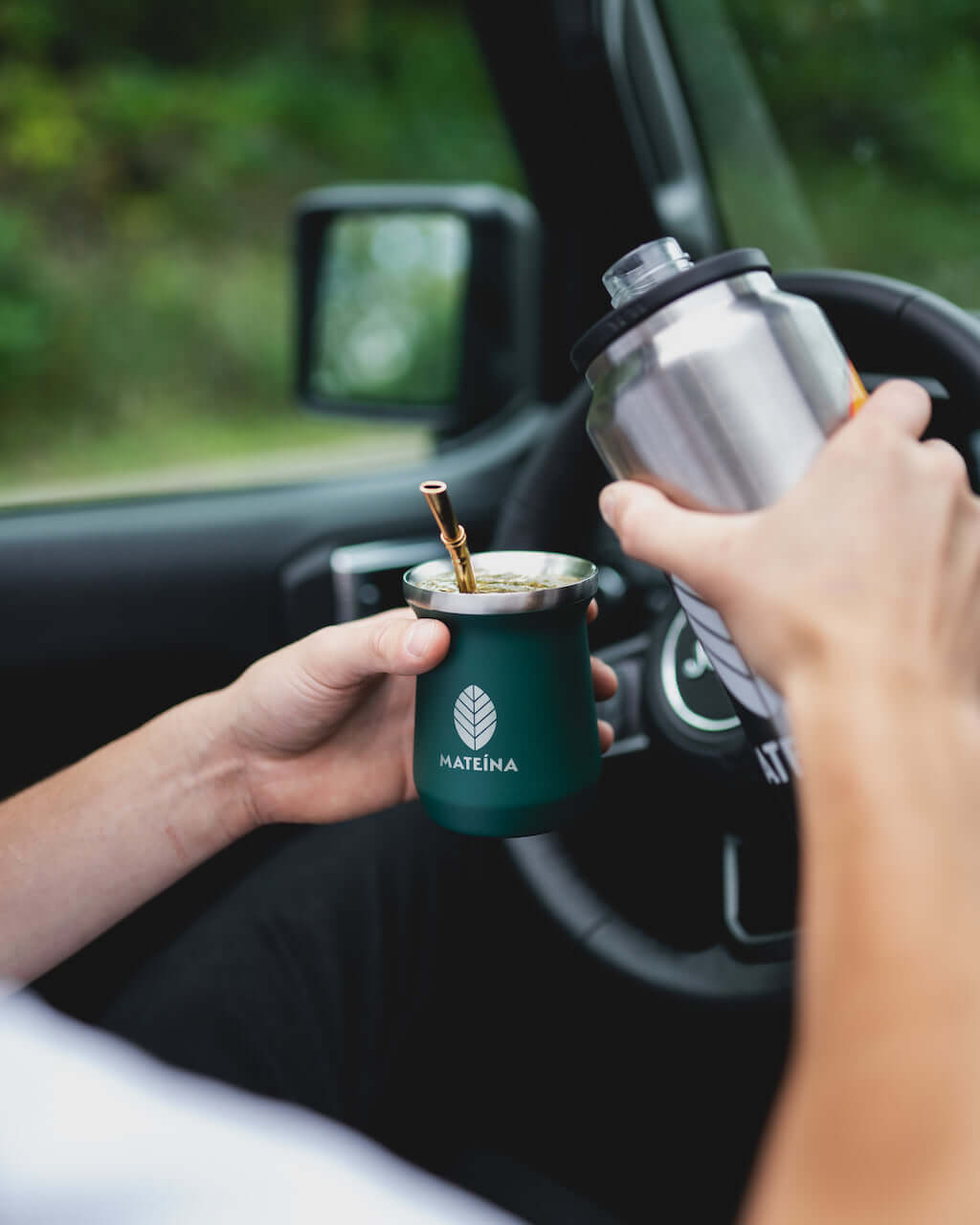
· By Josiane Racette
Matcha vs Mate: The differences between these two plant-based drinks!
Mate, Matcha... It can be confusing! Since in the Familia, we like to help each other out, we wanted to explain to you what are the main differences between these two plants. The main difference between matcha and mate👇
Origin
- Matcha: Is a Japanese green tea powder, specifically derived from shade-grown green tea leaves. It is traditionally used in the Japanese tea ceremony.
- Mate: Comes from the leaves of the Yerba Mate plant, native to South America, primarily cultivated in Argentina, Brazil, Paraguay, and Uruguay.
Composition
- Matcha: Rich in antioxidants, especially catechins, and contains caffeine. It is also high in chlorophyll, giving it its vibrant green color.
- Mate: Also contains antioxidants but is particularly known for its unique combination of caffeine and theobromine, offering a gentler stimulation than coffee.
Preparation method
- Matcha: Prepared by whisking the tea powder with hot water, creating a velvety beverage.
- Mate: Often infused by placing Yerba Mate leaves in a gourd (calebasse) and infusing them with hot water. It is then consumed using a filtered straw called a bombilla.
Taste
- Matcha: It has a complex, herbaceous flavor with a slight bitterness.
- Mate: Has an earthy, herbaceous taste and may have smoky undertones, depending on the type of Yerba Mate used.
Traditional Use
- Matcha: Traditionally used in the Japanese tea ceremony, matcha is valued for its connection to meditation and spirituality.
- Mate: Traditionally consumed in South America, yerba mate is often associated with social and sharing moments.
Matcha and mate share similarities as stimulating beverages rich in antioxidants. Their origin, composition, and taste differences make them unique and suitable for various preferences.
Make the right choice for you 💚

